
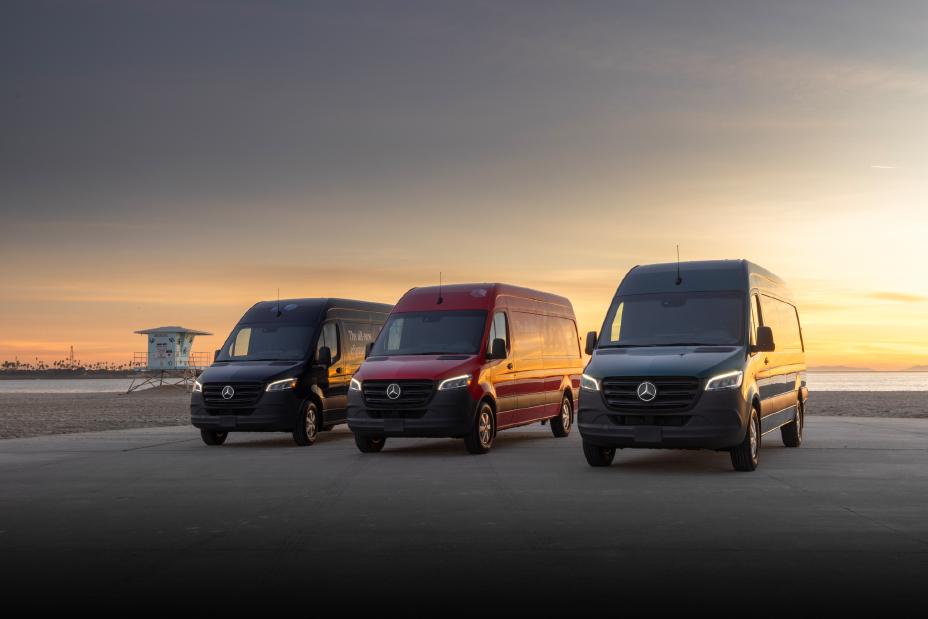 The Mercedes-Benz brand has established itself so that when you hear the brand name, a van is probably not the first thing that comes to mind. But Mercedes-Benz has arguably been making vans longer than luxury cars. It is a history that goes back almost 130 years; the brand knows what it’s doing regarding cargo vans. Thus, it is no surprise that it is the first to offer electric-powered vans. Read this Mercedes-Benz of Plano blog post to see if the eSprinter van lineup can cover your cargo van needs.
The Mercedes-Benz brand has established itself so that when you hear the brand name, a van is probably not the first thing that comes to mind. But Mercedes-Benz has arguably been making vans longer than luxury cars. It is a history that goes back almost 130 years; the brand knows what it’s doing regarding cargo vans. Thus, it is no surprise that it is the first to offer electric-powered vans. Read this Mercedes-Benz of Plano blog post to see if the eSprinter van lineup can cover your cargo van needs.
There are two primary considerations to determine if an eSprinter van can work for you:
-
Can you charge the van at your home or workplace?
-
Is your daily driving comfortably under 200 miles?
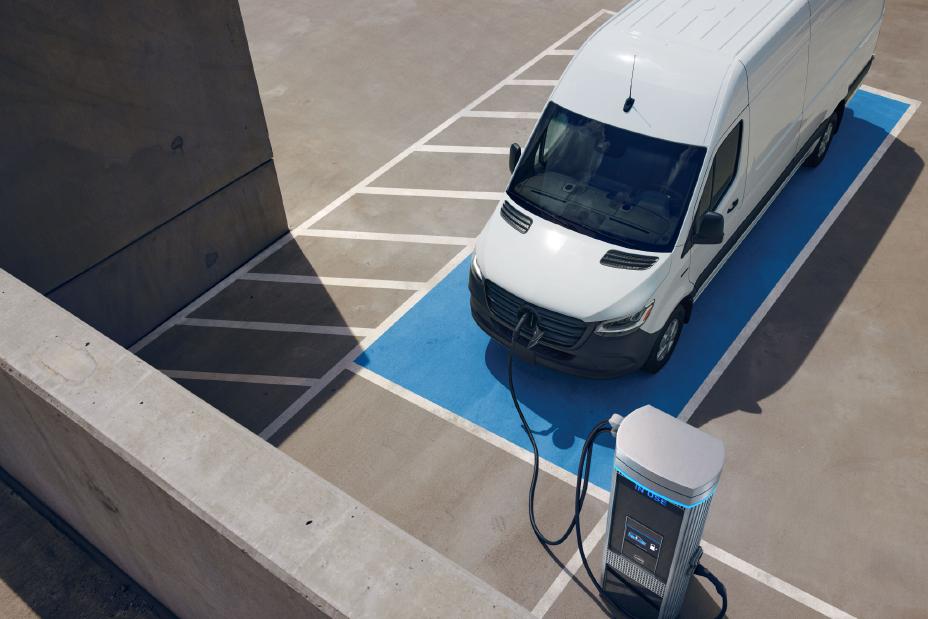 If the answer to both is “yes,” then the eSprinter with the 113-kWh battery will not only work for you, but will do so very effectively. If your daily mileage is between 100 to 150 miles, the smaller, less expensive 89-kWh battery might suit your needs. Your van can leave at the start of the day with a full charge, perform its duties around town all day without a fuel break, return, charge overnight, and repeat this process day after day.
If the answer to both is “yes,” then the eSprinter with the 113-kWh battery will not only work for you, but will do so very effectively. If your daily mileage is between 100 to 150 miles, the smaller, less expensive 89-kWh battery might suit your needs. Your van can leave at the start of the day with a full charge, perform its duties around town all day without a fuel break, return, charge overnight, and repeat this process day after day.
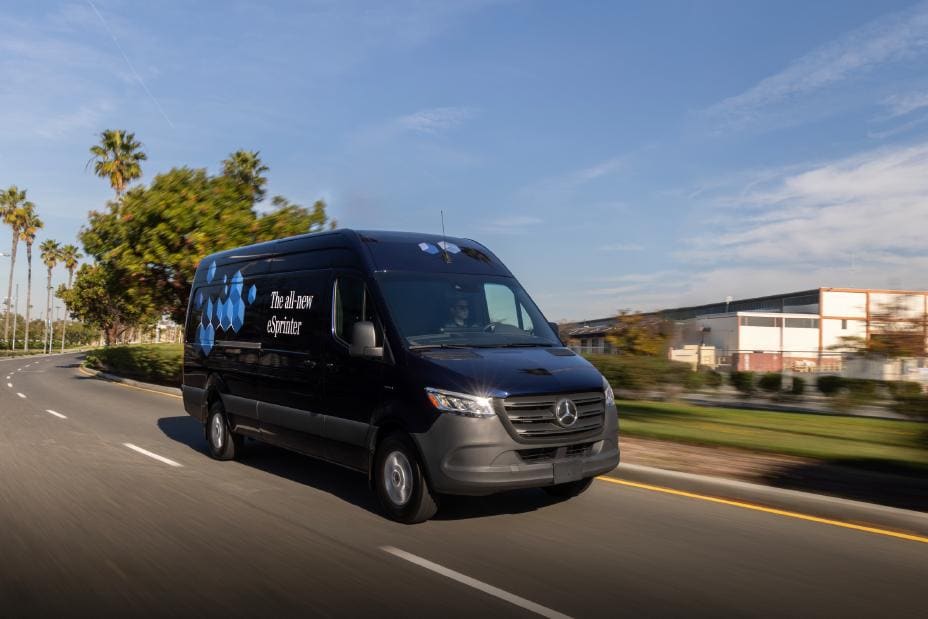 At the same time, your van will operate more efficiently. A gas Sprinter can achieve approximately 15 miles per gallon. With gas prices around $3.00 per gallon, your operating cost is roughly 20 cents per mile. In contrast, electricity rates in Plano average between 10.1 and 16.9 cents per kilowatt-hour. Based on an average of those figures (13.2 cents per kilowatt-hour), the large 113-kWh battery, and an estimated range of 206 miles, your operating cost is about 7.4 cents per mile. This means that your EV operating costs are just over a third of those of an equivalent gas van. With a busy van, that can accumulate significantly, and electricity rates are not as volatile as gas prices.
At the same time, your van will operate more efficiently. A gas Sprinter can achieve approximately 15 miles per gallon. With gas prices around $3.00 per gallon, your operating cost is roughly 20 cents per mile. In contrast, electricity rates in Plano average between 10.1 and 16.9 cents per kilowatt-hour. Based on an average of those figures (13.2 cents per kilowatt-hour), the large 113-kWh battery, and an estimated range of 206 miles, your operating cost is about 7.4 cents per mile. This means that your EV operating costs are just over a third of those of an equivalent gas van. With a busy van, that can accumulate significantly, and electricity rates are not as volatile as gas prices.
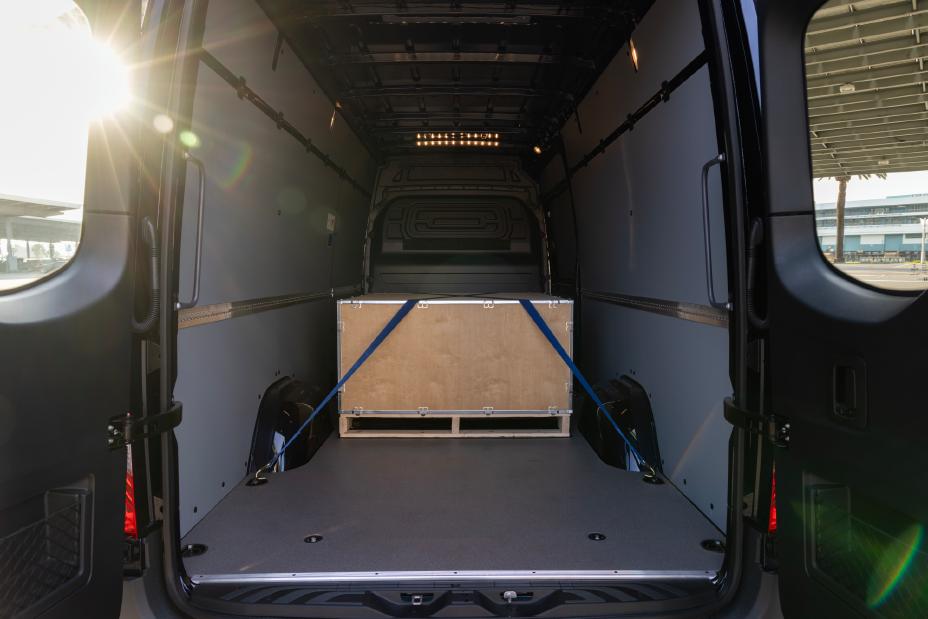 Additionally, a van does not generate revenue when it undergoes maintenance. An EV isn’t completely maintenance-free; you still need to change the tires and wipers. However, the drivetrain requires much less maintenance. There is no oil to change, no filters to replace, and no transmission or coolant fluids to monitor. They operate with electric motors, so consider this: when did you last perform routine maintenance on an electric fan?
Additionally, a van does not generate revenue when it undergoes maintenance. An EV isn’t completely maintenance-free; you still need to change the tires and wipers. However, the drivetrain requires much less maintenance. There is no oil to change, no filters to replace, and no transmission or coolant fluids to monitor. They operate with electric motors, so consider this: when did you last perform routine maintenance on an electric fan?
 The two qualifying questions emphasize avoiding public charging due to its time-consuming nature compared to refueling with gas. However, if you need to recharge the eSprinter while on the road, it isn’t the end of the world. The eSprinter boasts a maximum charge rate of 110 kW. Thanks to the large battery, charging from 10 to 80% (charging to 100% isn’t recommended with DC-direct charging) will take about 42 minutes. That’s not bad if you can combine it with a lunch break.
The two qualifying questions emphasize avoiding public charging due to its time-consuming nature compared to refueling with gas. However, if you need to recharge the eSprinter while on the road, it isn’t the end of the world. The eSprinter boasts a maximum charge rate of 110 kW. Thanks to the large battery, charging from 10 to 80% (charging to 100% isn’t recommended with DC-direct charging) will take about 42 minutes. That’s not bad if you can combine it with a lunch break.
If your work is primarily in the city or town, recharging may not be necessary. Additionally, the more you drive in the city, the greater the range, as every time you use the brakes, they acts to momentarily charge.
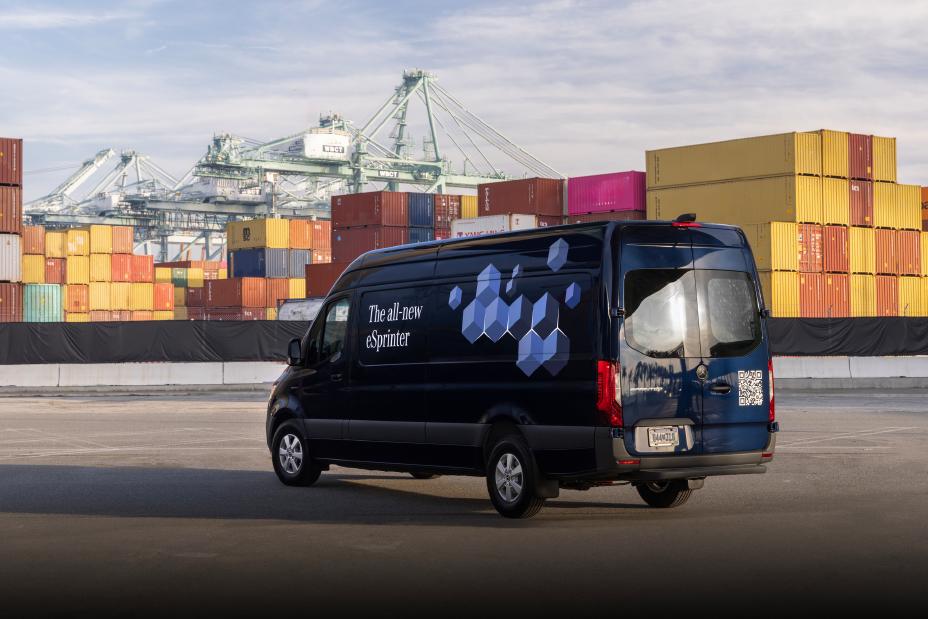 Another thing to consider with the eSprinter is its smooth power delivery. Power ratings for the eSprinter can range from 100 to 150 kW, translating to approximately 134 to 201 horsepower. This is not suitable for drag racing, but with your stock and tools of the trade in the back, that's not what you want. Instead, you will appreciate the silky-smooth take-off from every stop, thanks to the instant torque and transmission-less drivetrain. Of course, beyond the drivetrain is the rock-solid engineering from which Mercedes-Benz has built its reputation—a reputation that has lasted for 130 years.
Another thing to consider with the eSprinter is its smooth power delivery. Power ratings for the eSprinter can range from 100 to 150 kW, translating to approximately 134 to 201 horsepower. This is not suitable for drag racing, but with your stock and tools of the trade in the back, that's not what you want. Instead, you will appreciate the silky-smooth take-off from every stop, thanks to the instant torque and transmission-less drivetrain. Of course, beyond the drivetrain is the rock-solid engineering from which Mercedes-Benz has built its reputation—a reputation that has lasted for 130 years.
If you have a business and can answer yes to the questions above, visit Mercedes-Benz of Plano to learn how the eSprinter can work for you.
 AdChoices
AdChoices